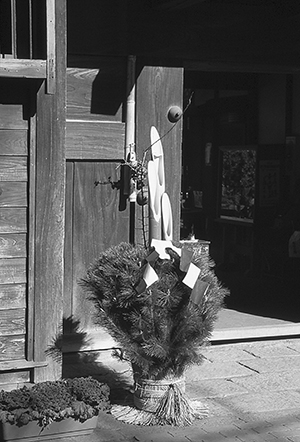 Spending a New Year’s Eve in Japan can be a frustrating experience for those who are used to celebrating the occasion with a string of raucous parties and free-flowing alcohol.
Spending a New Year’s Eve in Japan can be a frustrating experience for those who are used to celebrating the occasion with a string of raucous parties and free-flowing alcohol.
Many stores, cafes and restaurants in Japan are closed between December 29 and January 4, which puts a decided dampener on one’s entertainment activities and dining choices over the holiday season. Although most people are on vacation at this time of year, impromptu excursions can prove pointless unless phone calls are made in advance and a degree of planning is initiated before setting off.
Those who have been here for a certain amount of time say newcomers would do well to change their mindset if they wish to make the most of the holiday season. Rather than spend all your time and energy trying to find an outrageous New Year’s party that is sure to end in disappointment, they suggest you try to get involved in the local activities and customs that will be observed in your neighborhood.
Shogatsu (New Year) is arguably the most important holiday in Japan. Most businesses shut down from January 1-3, and families typically gather to spend the days together.
The New Year is traditionally viewed as a fresh start that offers everyone a complete break from the previous 12 months. Therefore, all formal duties are supposed to be completed by the end of the year, while bonenkai (year forgetting) parties are held in order to leave the old year’s troubles behind.
The entrance gates to homes are decorated with ornaments made of pine, bamboo and plum trees, while clothes and houses are cleaned from top to bottom.
For Whom The Bell Tolls
On New Year’s Eve, it is traditional to eat toshikoshi soba (buckwheat noodles), which symbolizes longevity. A more recent custom is watching the NHK music show Kohaku uta Gassen, a popular television program featuring many of the country’s renowned J-pop and enka singers.
As the clock approaches midnight, crowds start to gather at shrines and temples throughout Japan as locals go to pray (hatsumode) on the first visit of the year. Hatsumode festivities are held at practically every shrine and temple across the country. Visitors here can experience a genuine festival atmosphere with various food stands and thousands of people making wishes and purchasing lucky charms for the year ahead. On the stroke of midnight, the temple’s bell is rung 108 times to represent the 108 different types of earthly desires that people should leave behind for the year ahead.
Some of the more popular shrines and temples Tokyo’s Meiji Shrine, Kyoto’s Fushimi Inari Taisha, Osaka’s Sumiyoshi Taisha and Kamakura’s Tsuruoka Hachimangu attract more than a million visitors each, and visitors can expect to line up for more than an hour at these sites in order to reach the offering hall for a prayer.
New Dawn Rising
 January 1 is also auspicious day and is best started by viewing the first sunrise (hatsu-hinode) of the New Year, which is believed to be representative of the year ahead. The day is supposed be full of joy and free of stress and anger, while everything should be clean and no work should be done.
January 1 is also auspicious day and is best started by viewing the first sunrise (hatsu-hinode) of the New Year, which is believed to be representative of the year ahead. The day is supposed be full of joy and free of stress and anger, while everything should be clean and no work should be done.
Various kinds of special New Year dishes are served over the next three days, including osechi ryori (new year’s food), otoso (sweetened rice wine) and ozoni (a soup that contains mochi, or glutinous rice). It is customary to prepare all these dishes in the lead-up to the New Year, so that families do not have to do any cooking over the holiday period.
It is also traditional for Japanese to play a few games on New Year, although their popularity has decreased with the rise of Ninetendo and the like. Hanetsuki (Japanese badminton), takoage (kite flying) and karuta (a card game) are the most popular.
Another popular custom involves the sending of New Year’s cards, which are specially marked to be delivered on January 1. It is not uncommon for one person to send out several dozens of cards to friends, relatives and co-workers, and bookstores even sell special cardholders so that the cards received can be filed and used as a reference for the following year.
Emperor’s New Year Greeting
On January 2, the emperor makes several public appearances at the Tokyo Imperial Palace. It is one of only two occasions during the year, when the inner grounds of the palace are opened to the public. (The other is the emperor’s birthday on December 23.)
The emperor and a few family members are scheduled to appear on a glass protected balcony around 10:10am, 11am, 11:50am, 12:40pm, 1:30pm, 2:20pm and 3:20pm, waving and speaking briefly to the flag waving crowd.
Don’t Delay, Book Today!
Domestic and international travel activity is mad during the New Year holidays, as many people visit their families in the countryside, or undertake domestic or overseas trips.
Travel activity is particularly intensive from December 29 to December 31, when many urbanites leave the big cities (especially Tokyo), and from January 2-4, when they return home. As a result, trains, airports and highways become extremely crowded and traveling around Japan can be difficult.
Residents and visitors alike are advised to plan any proposed trips during this time well in advance, and make reservations in as far in advance as possible to ensure the trip goes smoothiy.
Story by Margaret Ann Mercer
From J SELECT Magazine, October 2007

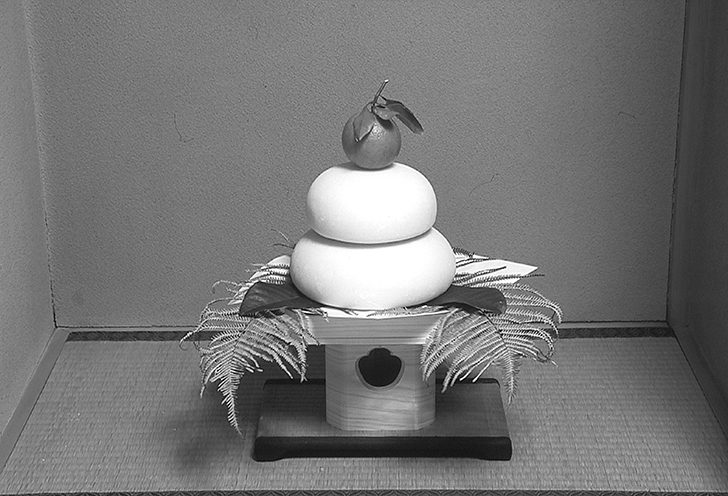


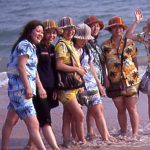


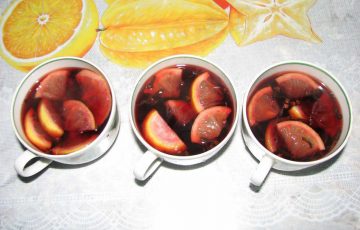
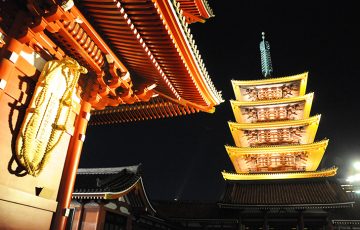
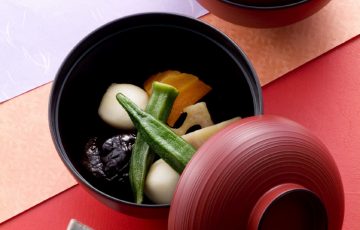
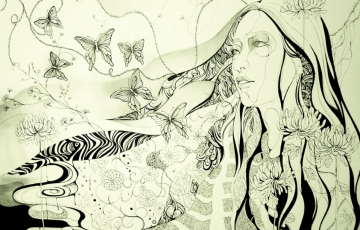
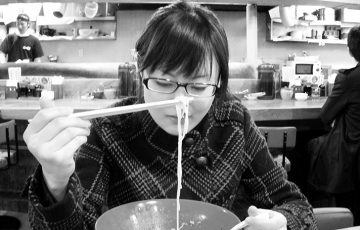
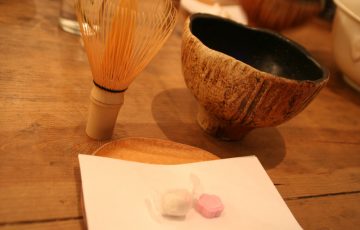


Recent Comments